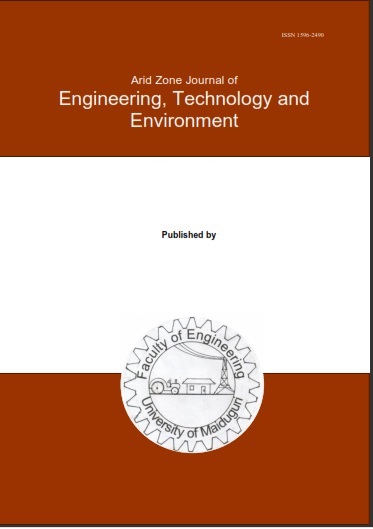Abstract
This study investigates the application of plantain peduncle extract (PPE) as a green corrosion inhibitor of copper in 1 M hydrochloric acid (HCl) using electrochemical, adsorption, and surface analysis techniques. Ethanol-extracted PPE was tested at concentrations of 0.1–0.3 mL and temperatures of 30–50°C. Electrochemical tests, such as potentiodynamic polarization and open circuit potential (OCP) measurement, proved PPE to inhibit corrosion current density (Jcorr) by a maximum of 88% and anodically shift corrosion potential (Ecorr), with the maximum inhibition efficiency of 89.5% occurring at 0.3 mL PPE and 40°C. similarly, adsorption experiments confirmed that Freundlich isotherm (R² = 0.906 at 40°C) best described the process, indicating heterogeneous multilayer physisorption, also confirmed by Gibbs free energy values (ΔGads = -16.58 to -19.78 kJ/mol). In addition, optical micrographs confirmed these findings, with minimal pitting and smooth surfaces in ideal conditions (0.3 mL PPE, 40°C), compared to extensive corrosion in uninhibited samples. Statistical comparison using Analysis of Variance, (ANOVA) revealed the significant influence of concentration (p < 0.0001) and temperature (p = 0.0048), with their interaction (p = 0.0213) showing the necessity of balanced operating parameters. While PPE functioned well under middle temperatures, efficiency reduced at 50°C (IE% = 80.2%), reflecting thermal limitations.

This work is licensed under a Creative Commons Attribution-NonCommercial-NoDerivatives 4.0 International License.
Copyright (c) 2025 ARID ZONE JOURNAL OF ENGINEERING, TECHNOLOGY AND ENVIRONMENT

